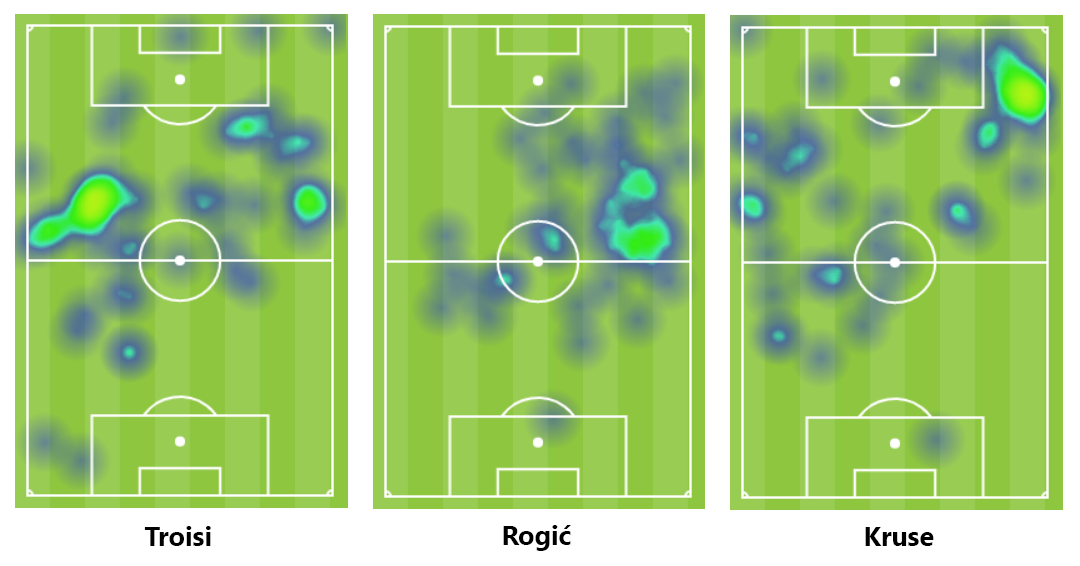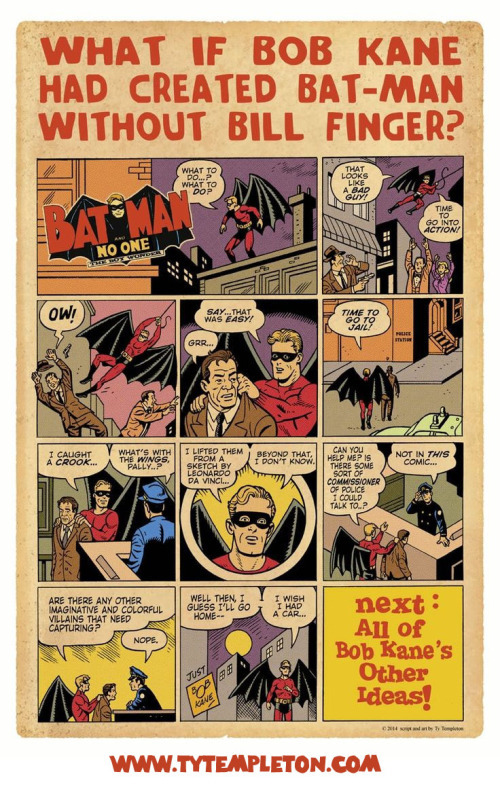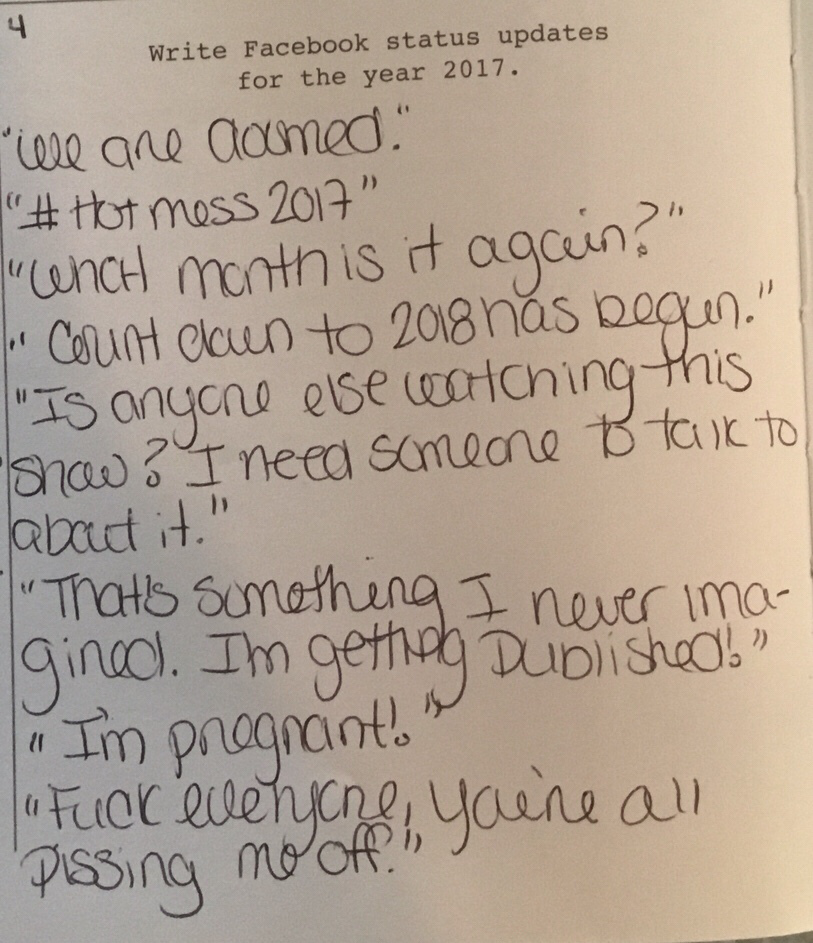Everything was in its right place.
Following Saudi Arabia’s loss in Al Ain on Tuesday, Thursday night’s winner in Saitama would have secured top spot in Group B and automatic qualification to next year’s FIFA World Cup.
#SokkahTwitter had a nervous excitement.
Such decisive moments in sport tend to require assertiveness, courage and most importantly, clarity.
This is not to evoke Thom Yorke’s perpetual sense of dread, but Australian football now wakes up this Friday morning sucking on lemons.
In Australia’s 2-0 loss, Japan coach Vahid Halilhodžić undoubtedly put out the more effective game plan and lineup.
Meanwhile, with everything on the line in Saitama, Socceroos coach Ange Postecoglou displayed an almost ceremonial obedience to his principles. More so to the players he trusts.
On Thursday night, he and the Socceroos suffered for both. Unwilling to submit, Postecoglou committed seppuku.
And much like a samurai who is prepared for self-disembowelment, Australia’s qualification fate both is and isn’t in its own hands.
The Socceroos can win against Thailand on Tuesday and book a spot in Russia next year, but they are ultimately at the mercy of another.
Rightly or wrongly, Postecoglou has come under significant pressure from the Australian football public of late.
While counter-intuitive points of view opposing his formation change to 3-2-4-1 are a fundamental misunderstanding of his ideology, along with the game’s natural tactical evolution, there are arguably more valid claims against his selections.
Halilhodžić’s approval has also been on similarly shaky ground, and it was reflected in both sides’ highly specific defensive setups.
This particular point, along with Postecoglou’s decision to start Brad Smith and James Troisi, effectively decided the match.
Now, there were selections that worked. Notwithstanding their part in Japan’s second goal, Mark Milligan and Jackson Irvine were otherwise very good in their respective positions.
Despite his acute defensive awareness, Milligan’s conservative off-ball movement in central midfield previously contributed to Australia’s collective rigidity in building possession.
Reprising his role against Chile on the right side of Postecoglou’s three-man defence, he was unburdened with play in front of him in this sense, while covering the majority of Japanese movement in the channels.
In a more natural role, Irvine provided much-needed energy and mobility as the screening midfielder, only giving credence to the idea captain Mile Jedinak’s absence might have been a blessing in disguise.
However, it was all negated by Smith and Troisi’s inclusions.
Contrary to Trent Sainsbury, who is in a similar situation without match sharpness, Smith is prone to lapses in concentration even with games under his belt.
The idea he would start ahead of Alex Gersbach, who has shown much more in much less time for the Socceroos, defies any logical reasoning.
Still, he’s quick and has a motor. They are two key aspects of Postecoglou’s game plan, after all.
Smith has yet to play a minute of league football so far this season, though, and Australia’s defensive setup only exposed his weaknesses in positioning and anticipation of play.
From the outset, Matthew Leckie and Smith would drop alongside the defence, as Irvine and Luongo patrolled the central area in front.
On numerous occasions, a front three of Robbie Kruse, Tom Rogić and Troisi would effectively press in isolation.



The tactic helps compress play after the initial phases of the opposition’s possession.
Against a side like Japan, known primarily for its quick interchanging of short passes, such a defensive setup appears rational.
More moving parts lessen the margin for error closer to goal but if a defence can then stifle any movement that would invite passes over the top, it could ultimately dictate tempo without the ball.
In the 41st minute however, the ploy exposed Smith, who watched Takuma Asano give Japan the lead along with the rest of Australia.



In tandem with the debilitatingly passive Troisi, Smith only made matters worse for himself when Australia was in possession.
Although two of the best teams in Asia were tussling for an automatic berth in the World Cup, Halilhodžić’s defensive plan was an inherently Balkan one.
In a formidable block, Japan primarily focused on condensing space in central areas and its devastating effectiveness was reflected in the game’s statistics.
The Socceroos had an overwhelming majority of possession at 66.5%, and despite more than double the amount of passes (627-305) and a 77.1 per cent pass completion in the opposition’s half, Japan had more than triple the amount of shot attempts (18-5).
Five of those shots were on target, compared to Australia’s one. Nine for Japan were inside the penalty area, compared to Australia’s one.
The tactic was, in principle, similar to sitting deep against a side in possession.
Against a Socceroos side unable to play forward or create overloads, the Samurai Blue filtered play laterally, and basically allowed the opposition the ball.
While Makoto Hasebe and Hotaru Yamaguchi were highly successful in denying Australia’s box midfield any central space, they were aided by Yūto Nagatomo and Hiroki Sakai.
The two full backs were narrowly positioned and allowed their teammates to direct their attention onto Rogić.



Ange’s formation switch was specifically implemented to create space in possession for Australia’s creative lynchpin, but in this tactic to counteract that, Japan packed the midfield and starved him of it.
Consequently, Leckie and Smith were continual release points for the Socceroos in attempts to create 2v1 situations.
Where Rogić’s movement at times allowed combination with Leckie and Kruse on the right flank, Smith and Troisi’s sloppiness with ball at feet all but stifled any threat.
Not for the first time in his career, Troisi would then regularly retreat to receive the ball and the collective was forced to play laterally.
The 29-year-old is unquestionably a favourite of Postecoglou’s and has delivered goals in big moments for the Socceroos, most notably in the opening and final games of the 2015 Asian Cup.
His goal against Chile at this year’s FIFA Confederations Cup is still fresh in the memory, but with Tomi Jurić not at full fitness, starting both Troisi and Robbie Kruse seemed hasty.
Kruse’s best attributes are not maximised as the pivot up front, but rather as the link between the midfield and the striker.
As such, Australia’s avenues to goal were minimised.

Troisi’s substitution for Jurić in the second half immediately improved fluidity but by then, the Socceroos were scrambling to regain momentum.
Most of the pieces on the chess board were already lost, and Japan’s second was a mere reflection of Vaha’s defensive strategy.
In cramping central areas and allowing Australia the ball where it couldn’t cause significant damage, Japan waited for the opponent to make a mistake.
Though it manifested, Australia’s biggest mistake was made before the match had even begun.
Yet, the subject is Postecoglou’s faith in his system and players to then carry it out.
It would be misguided to disregard criticisms of the formation switch as a misunderstanding of his philosophy, and then do the very same thing, just from a different angle.
The strongest motivation for a player – from a coach’s perspective – is empowerment, and the Socceroos coach does not strike as the type to focus on what his players can’t do. Rather, what they can.
The biggest concern is not Thursday’s result, formation or his attacking principles, although Halilhodžić negated them significantly.
The capabilities of individuals in the Socceroos setup are not the specific issue here, but how they fit within the team’s collective balance.
As a result, at the end of a World Cup qualification cycle, Ange and Australia are nowhere near any sort of clarity with regards to a starting XI.
Postecoglou has ignored this or is unaware of it. Either way, for someone deemed an astute tactician, the indictment that represents is sharper than any sword.
Advertisements Share this:




